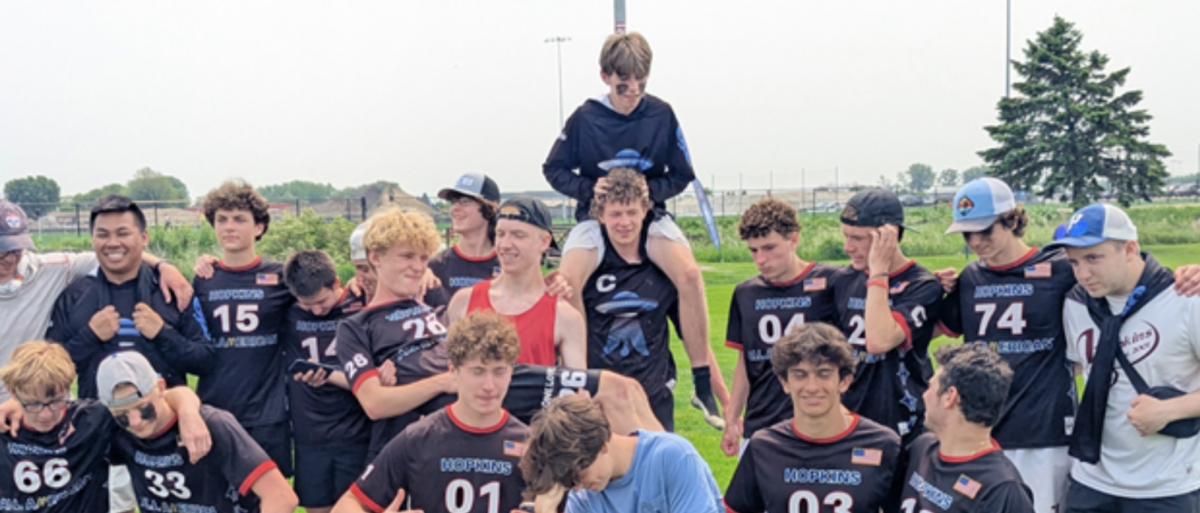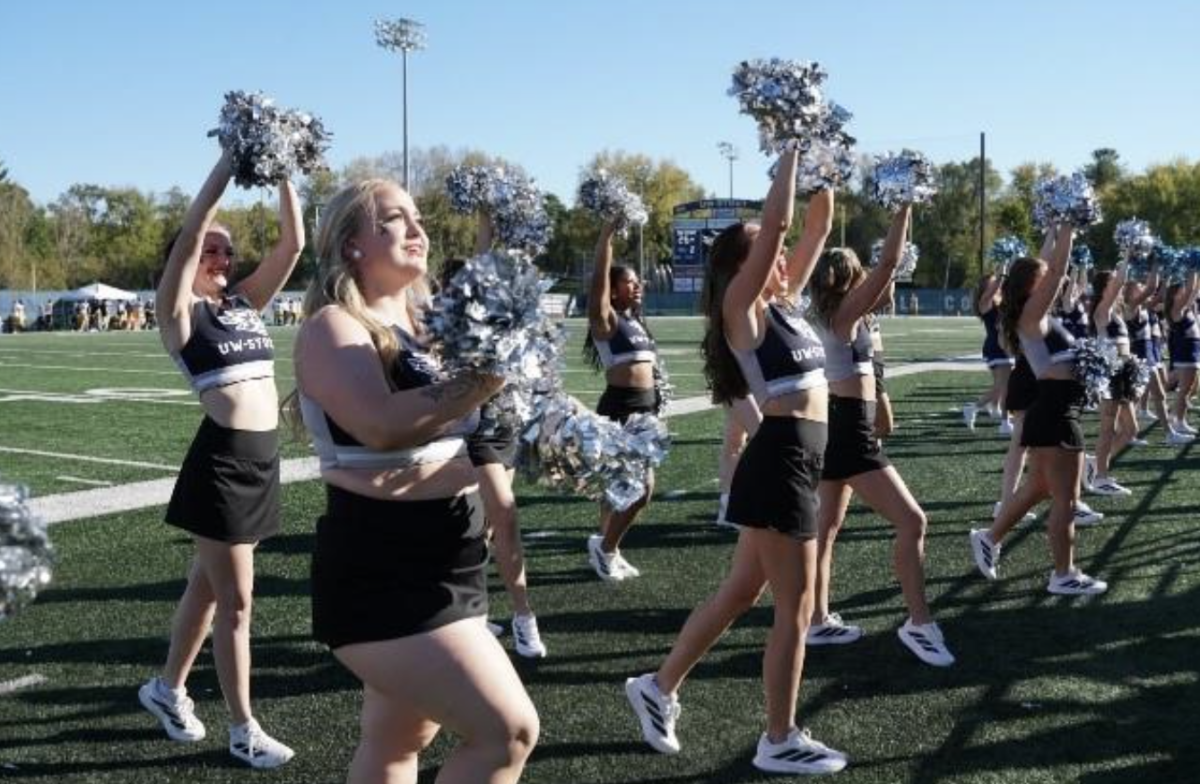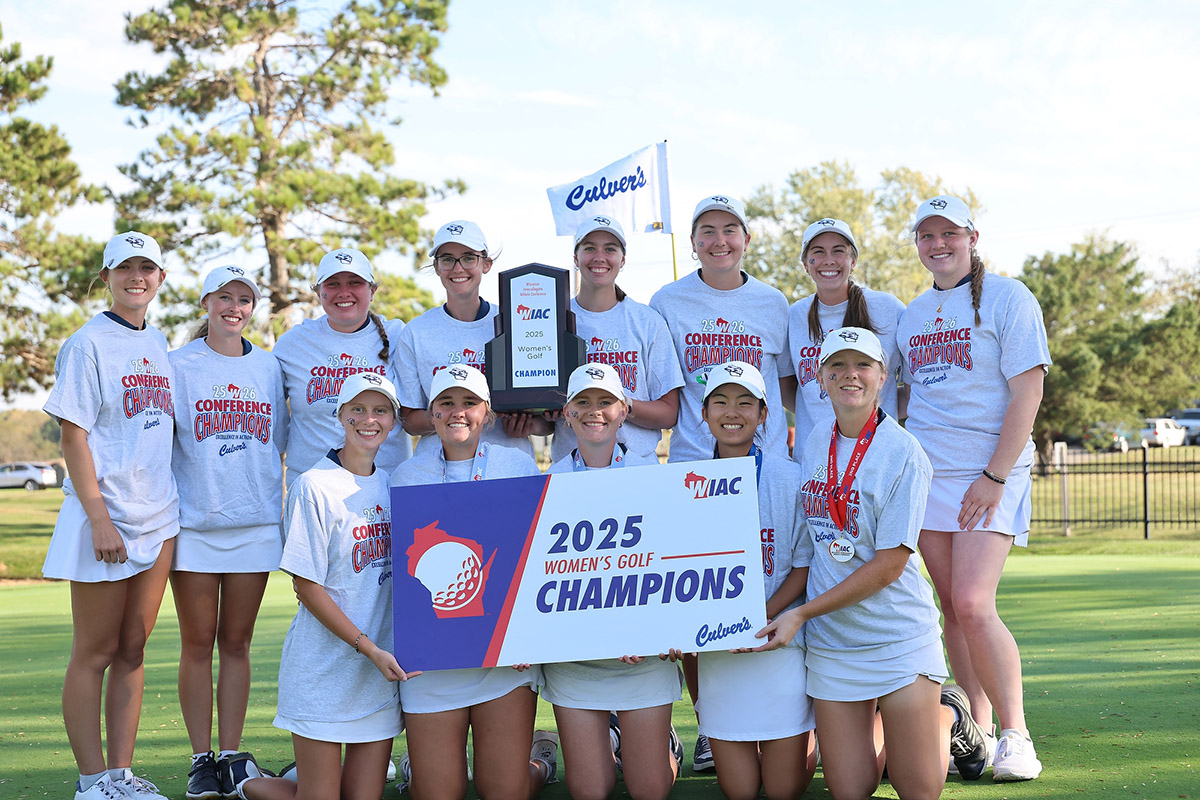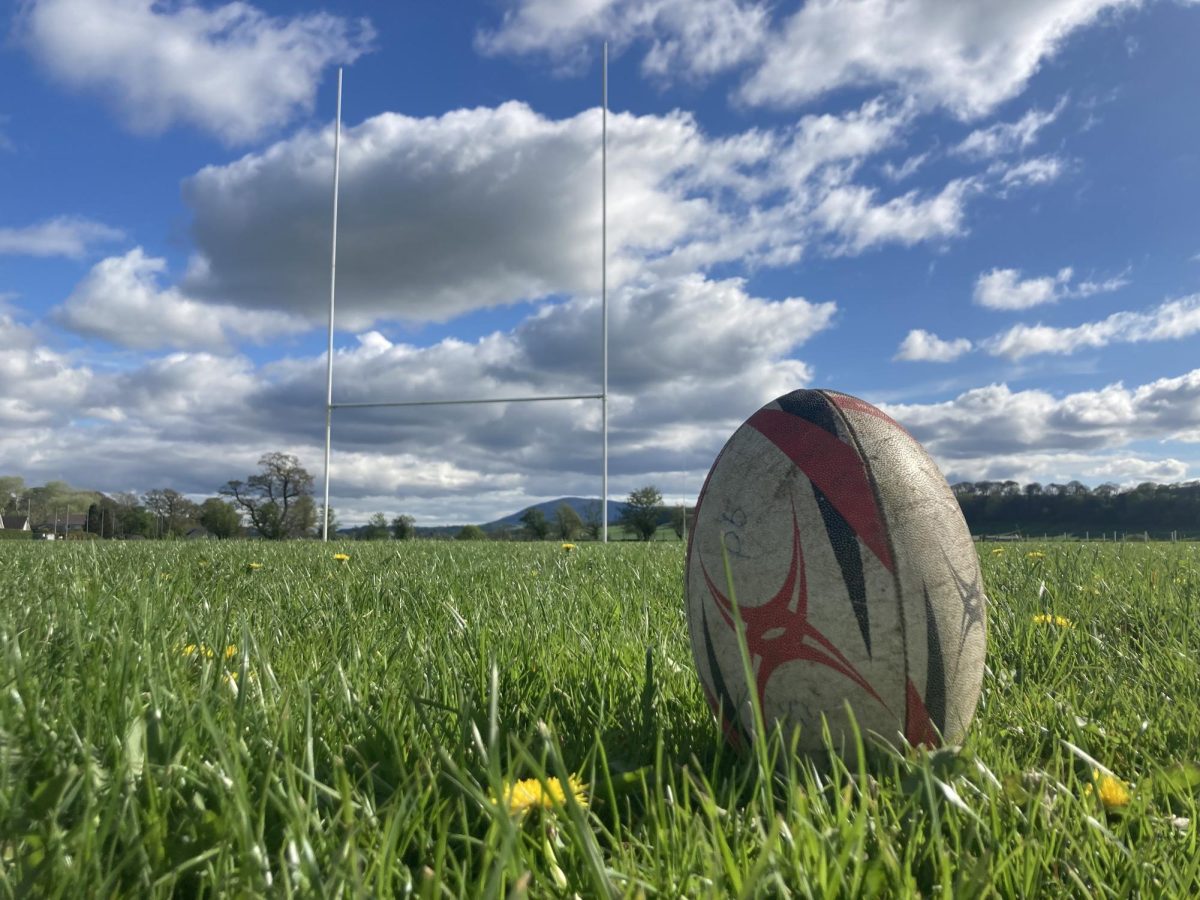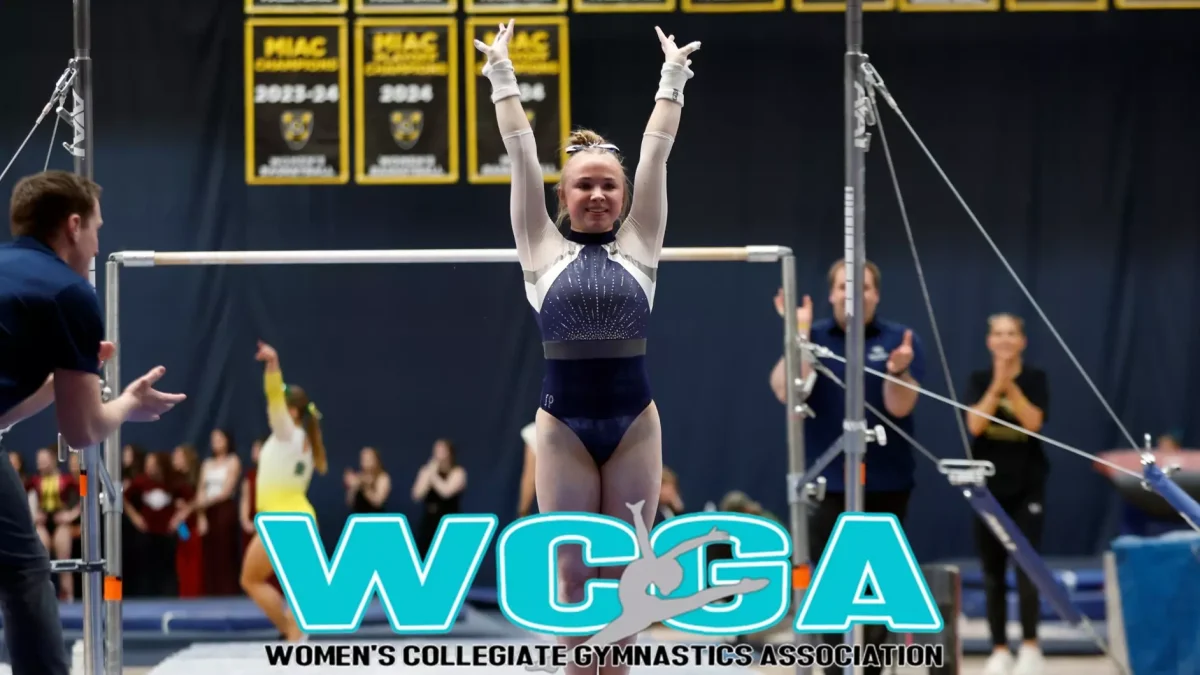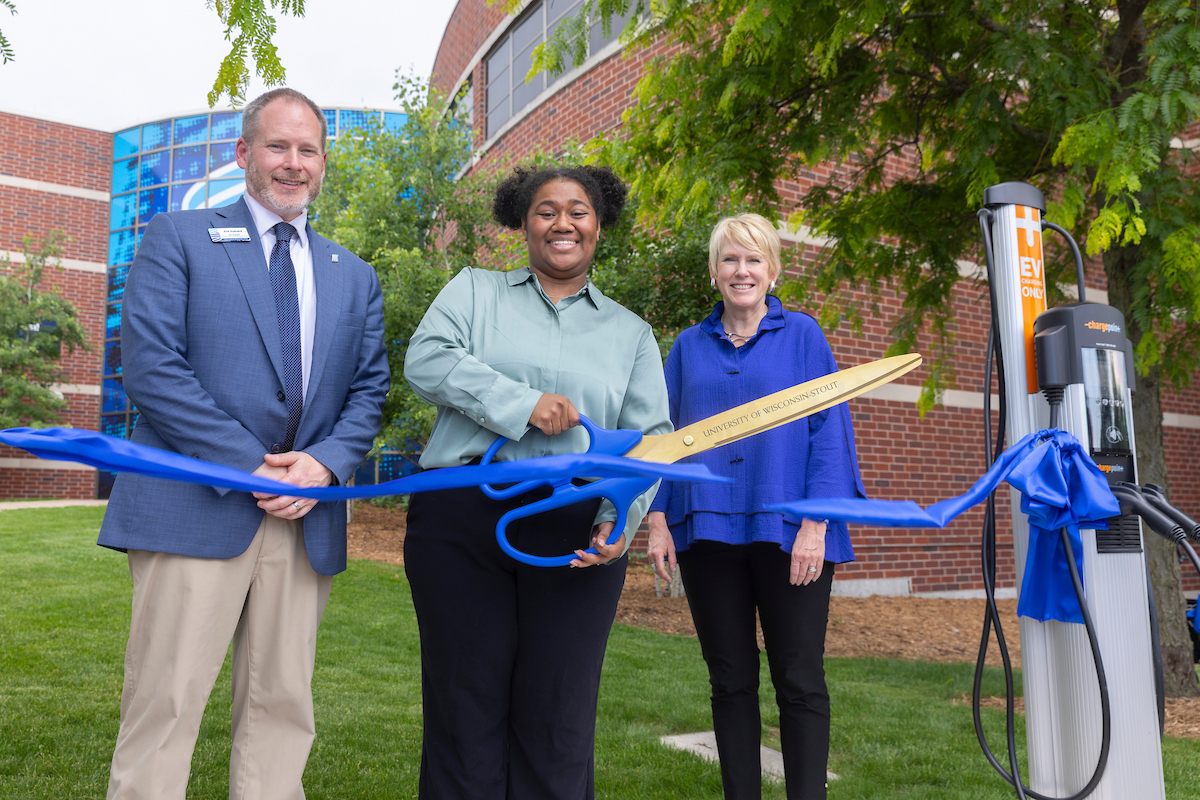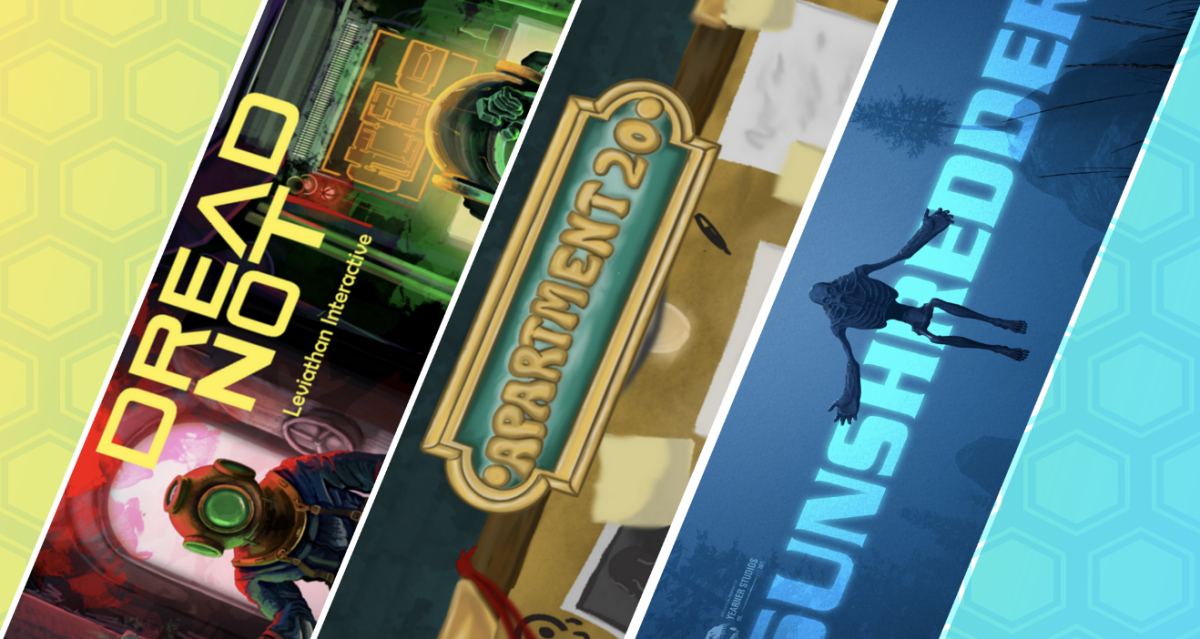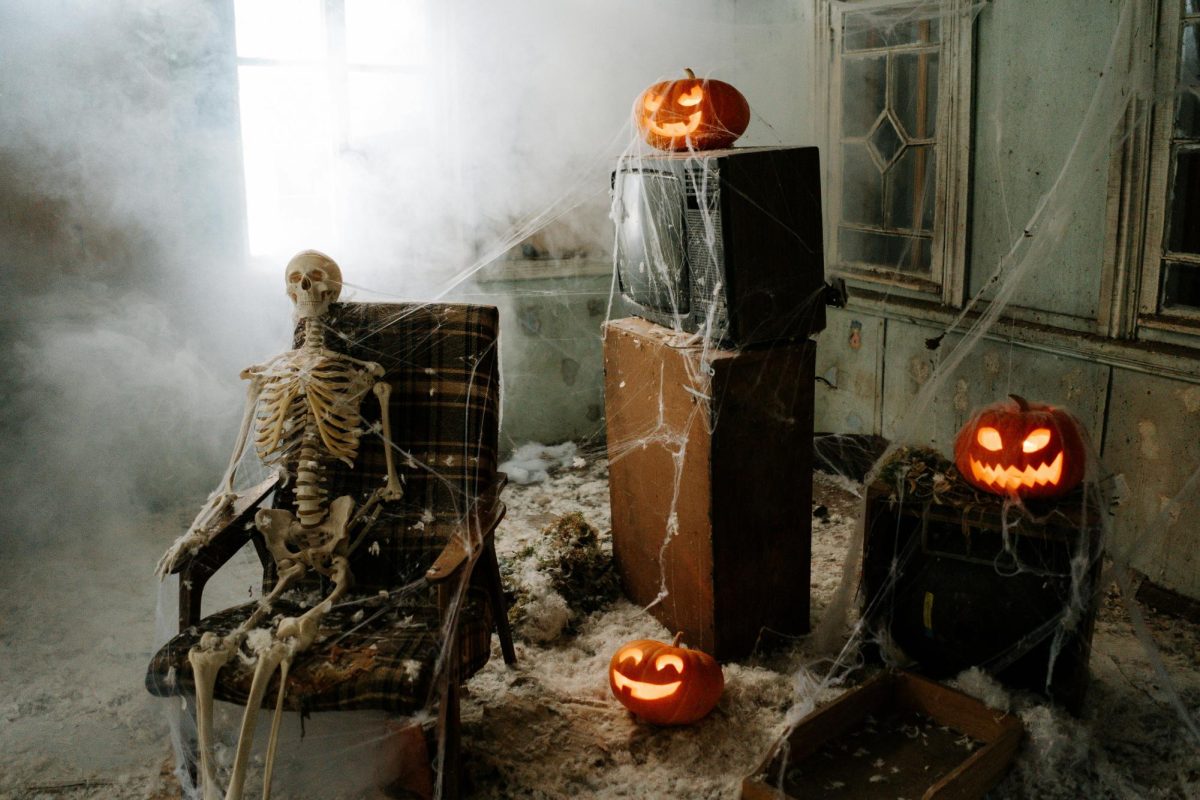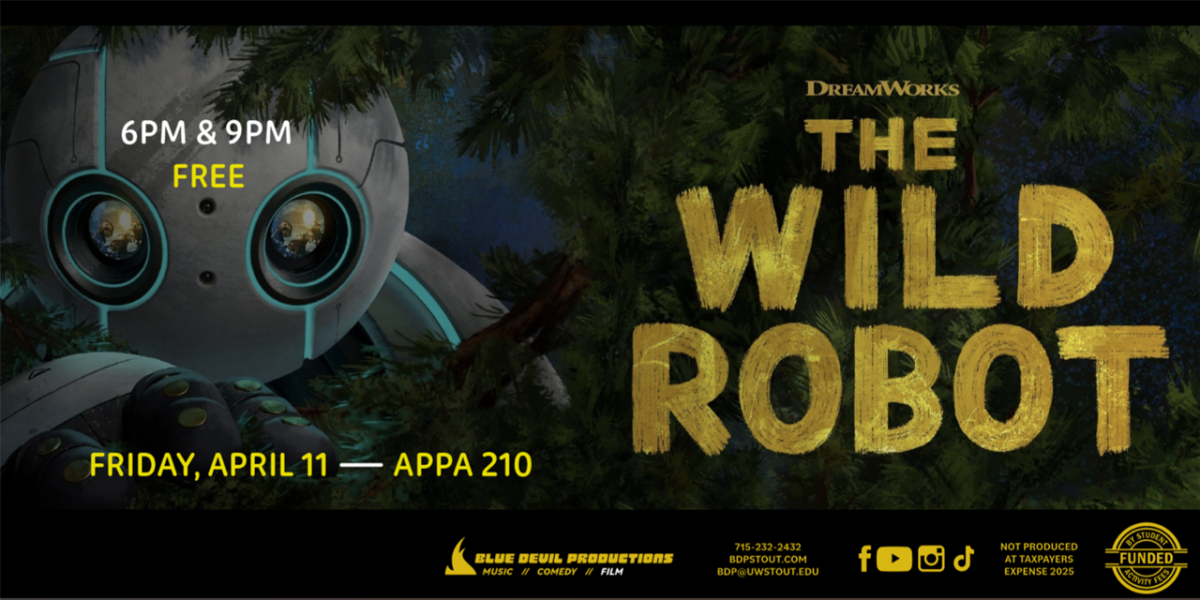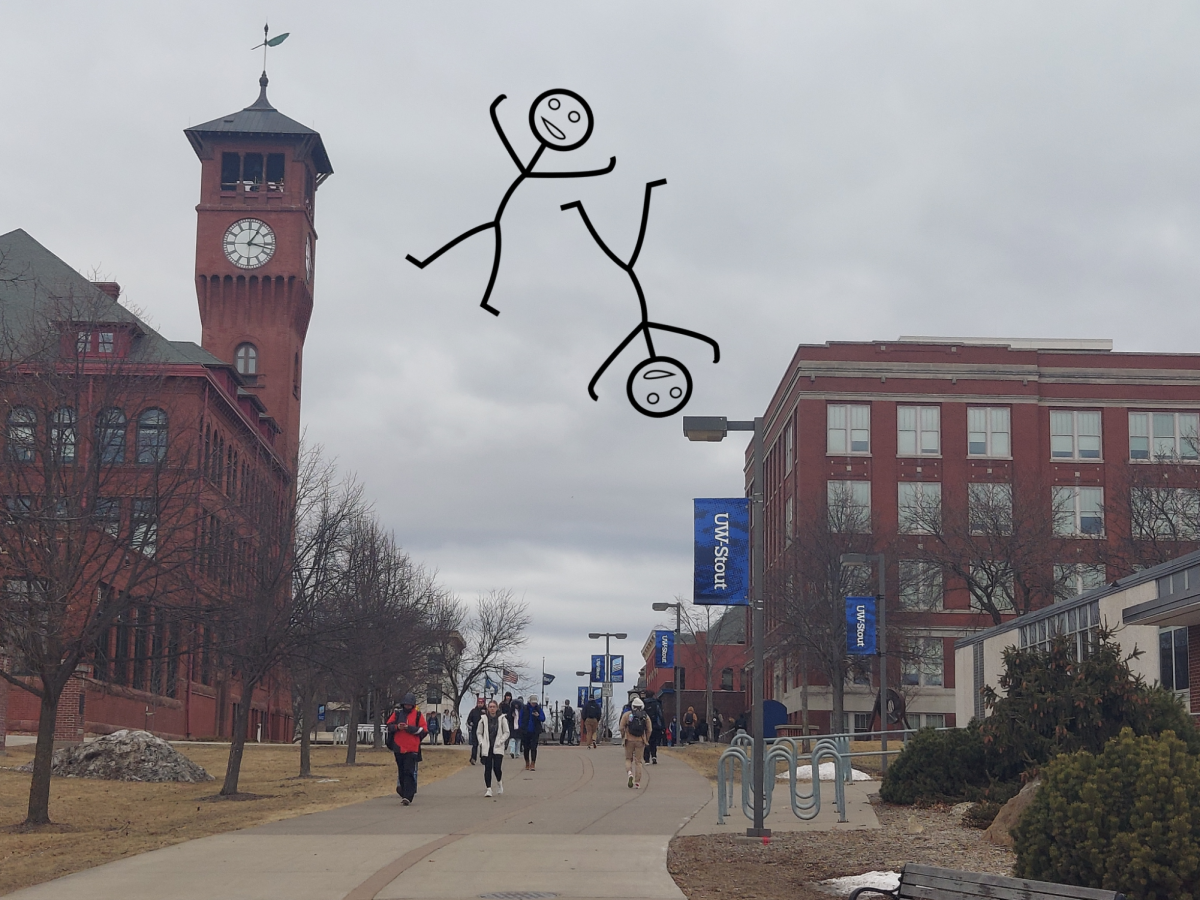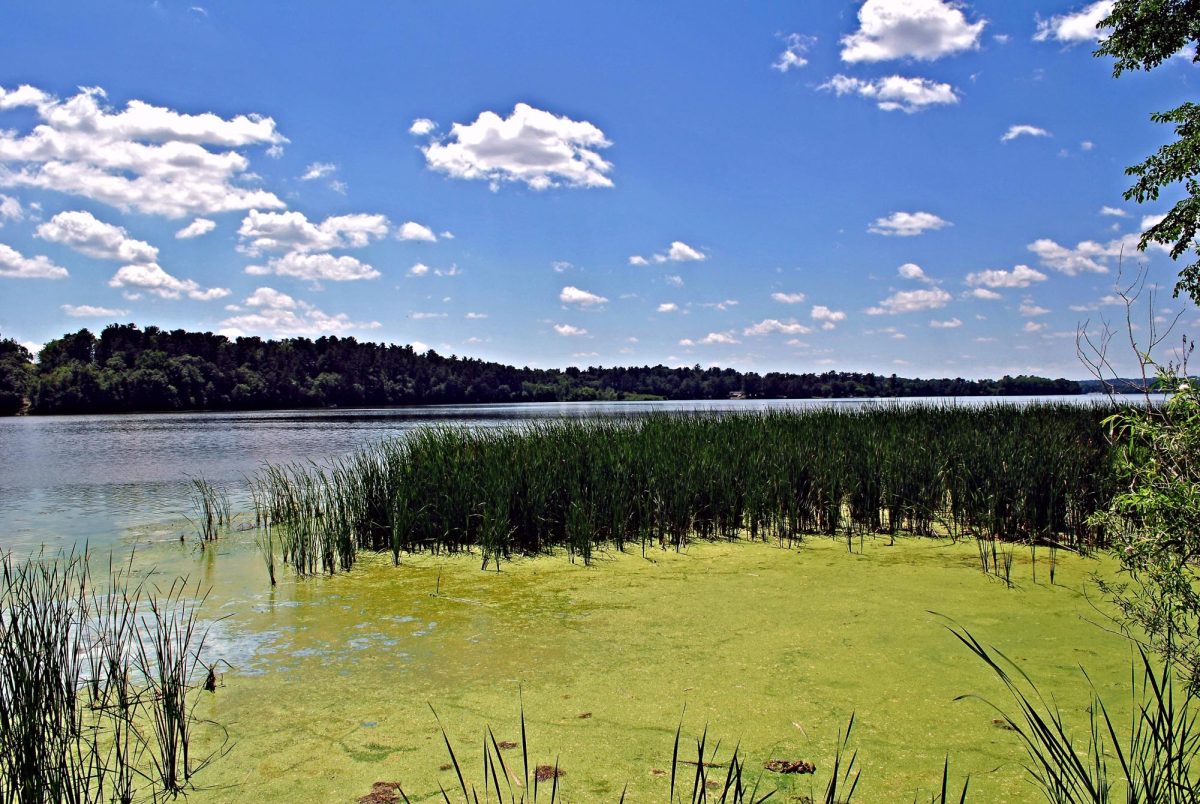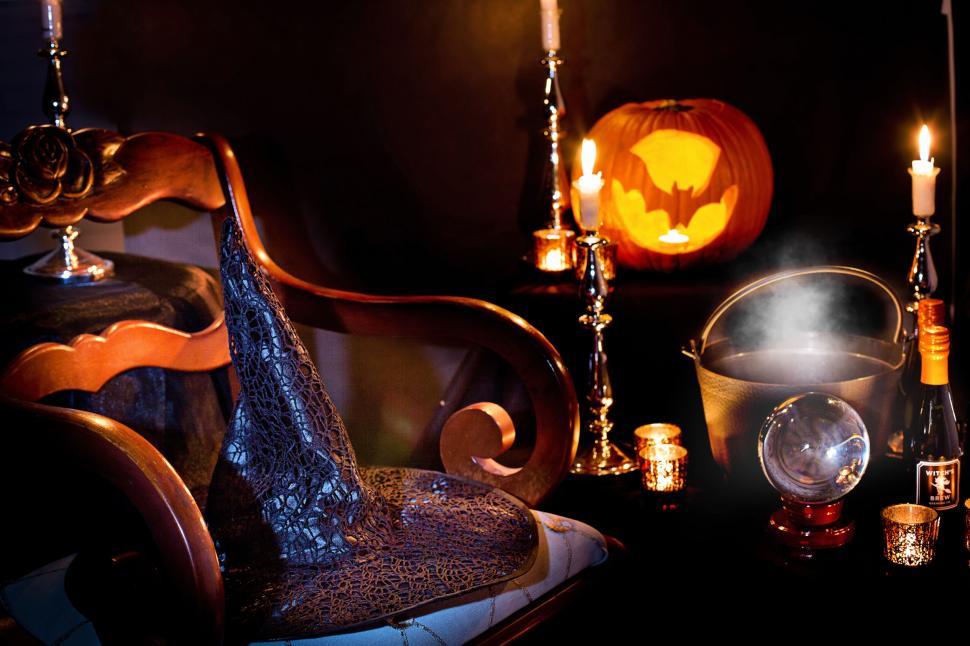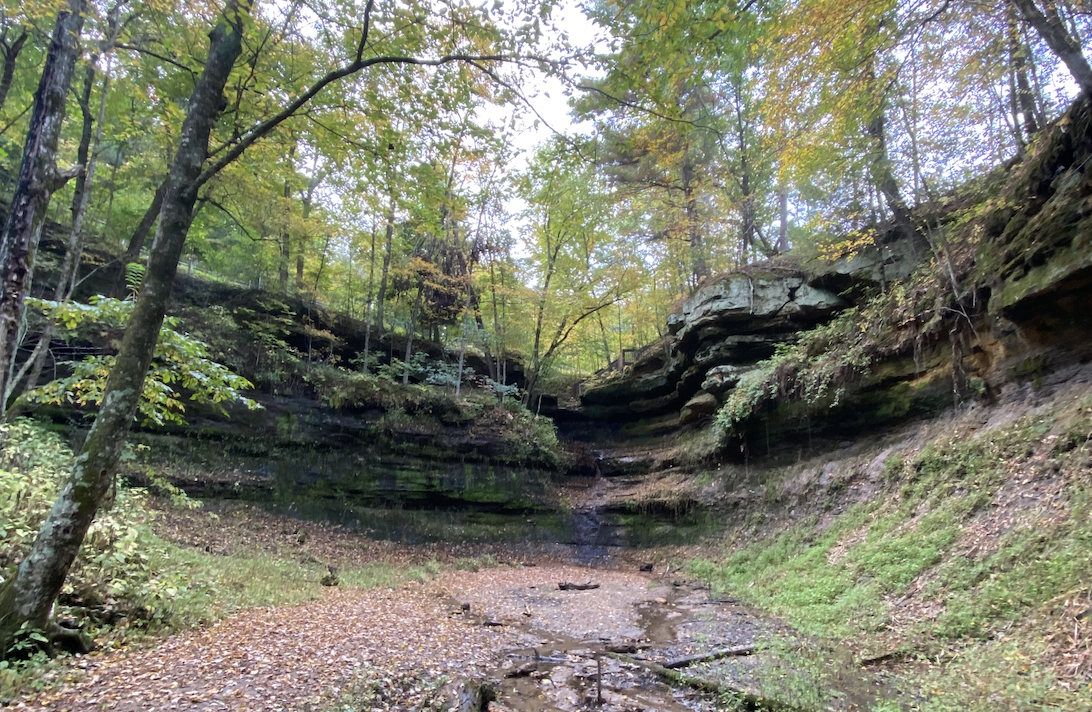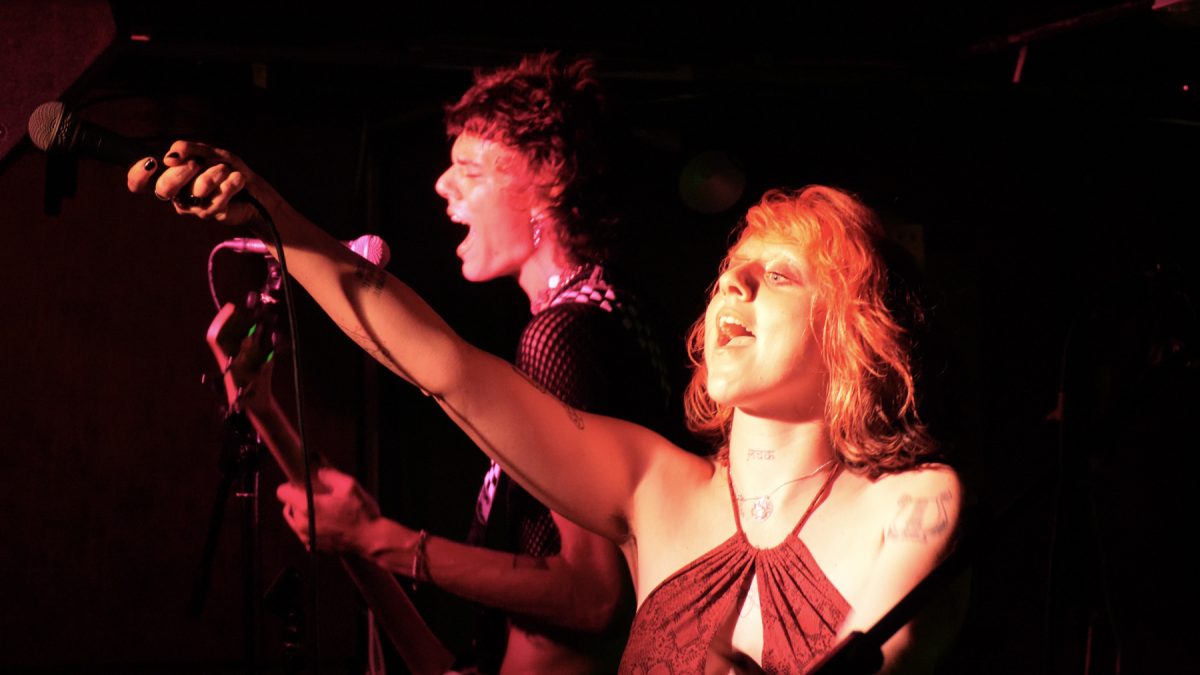Across country and state lines, many strange sports have cropped up due to environmental circumstances and cultural fascinations. From “3 Step” tracing its roots to ancient South American sports to sports like American football being reconfigured from European rugby in the 18th century, a plethora of sports exist out there for every person. One of the stranger sports out there is called Ultimate Frisbee. Though the name is very boisterous, it may be one of the simplest and most cost-effective sports a person could play. The sport, despite its name, has no “ultimate” aspects to it. It only requires 8 cones, one disk, and a friend who can semi-accurately guesstimate 100-120 yards. Though it is relatively small in popularity as a pastime, it is quickly becoming the go-to for off-season athletes to stay fit and active. This is because of both the simplicity and the general fun of it, especially for college students with schedules that consistently compound and overlap.
The rules of Ultimate are as follows: two teams of 7 play on a field 100-120 yards (depending on endzone length preference). The game plays very similar to football and lacrosse, as the goal is to catch the disc in the opponent’s endzone, going until one team scores 15 points. On rare in-game occasions, if the allotted time runs out and the teams are in a tie, a final match point will be played, aptly named a universe point. The caveat of field movement is that once you catch the frisbee, you must slow to a stop after 3-5 steps or until momentum stops. This makes the sport require a decent amount of cognition, as players need to focus more on positioning than on any other physical aspect to win. This format is exactly why it’s so accessible and fun; It’s easy to understand but very difficult to master. Most teams play spring and fall season games—spring counting towards nationwide standings and accolades—with a few day-long tournaments sprinkled in. For off-season sports players, nothing will keep conditioning high like that of a sport that requires only stamina and the ability to pinch fingers.
Henry M, who played all 4 years of high school and is now on a collegiate team, speaks on that availability as, “Frisbee was a great balance because we would have hard and physical practices, but only 3 days a week giving me plenty of time to do other extracurricular [activities] and schoolwork.” In college, education and a proper work-life balance reign as the two most important aspects to student success; a lax simplistic game like Ultimate is perfect for those wanting to be involved in more Orgs with little time on their hands.
For students interested, though under a different name, there is a team right here at UW-Stout. Yeti Ultimate is full of many tenacious players and officers with a passion for expanding the sport, who are very welcoming to new players. Joe Schaller, the current president of the team, describes his role saying, “I still love it just as much now as I did when I first joined. Being President of the Ultimate Frisbee club here at Stout adds so much to what I love most about the sport, the community. It’s great to get to know all the newcomers and foster a great community with the team!” Community is one of the most valuable aspects of this sport, and Yeti takes that very seriously, fostering a fun and easygoing environment for any new players interested. Often, the most common way people get into the sport is through friends. Longtime player and current Yeti member Scott Thorkildson recalls that, “I joined frisbee because one [of] my friends said I should join my sophomore year of high school. It’s become my main form of staying active and I enjoy it every day.”
To find your niche in a college environment is difficult and hard to initiate, but teams like Yeti are welcoming and very easy to acclimate to. Not to mention, the team’s capabilities are only growing post-2020, working up to more tournaments and games every year. Now is a great time to get involved and get in on the action. Practices are on Mondays and Wednesdays from 8:00 p.m. to 10:00 p.m. and most often take place on the track infield by the Johnson Fieldhouse.

